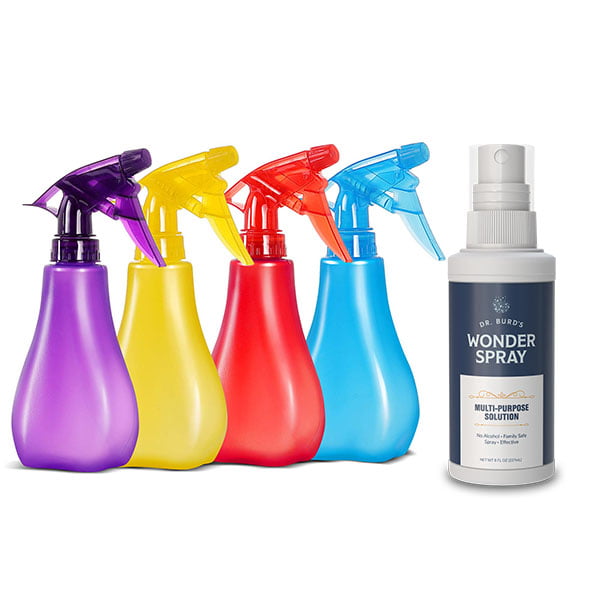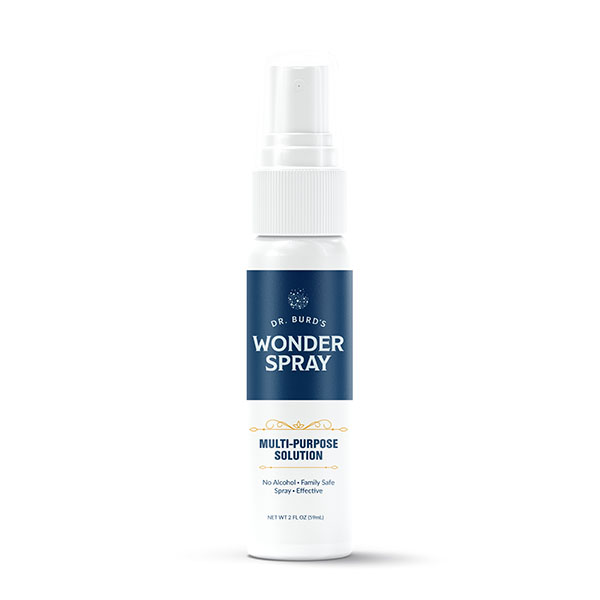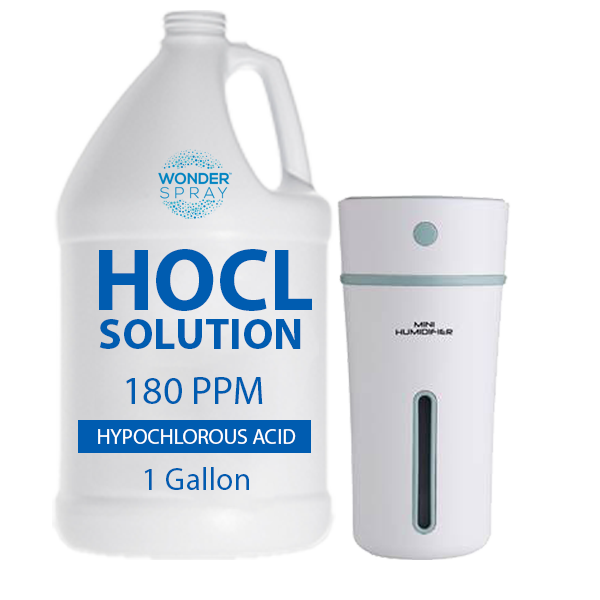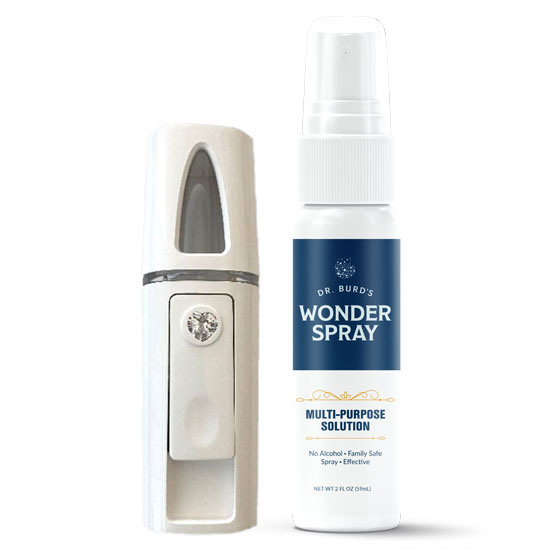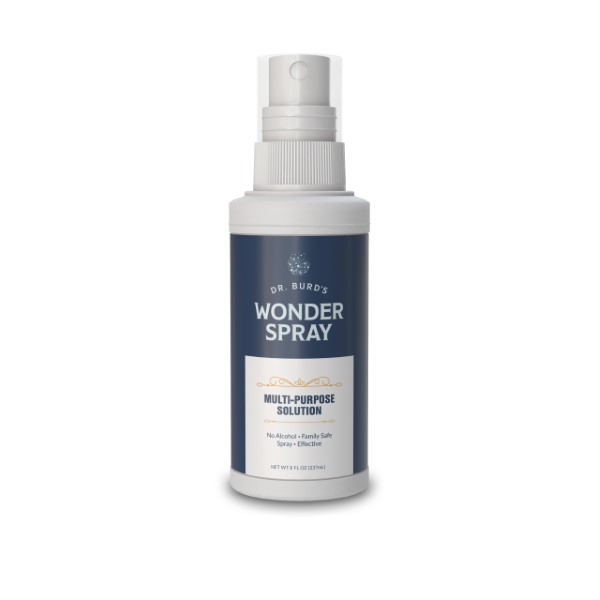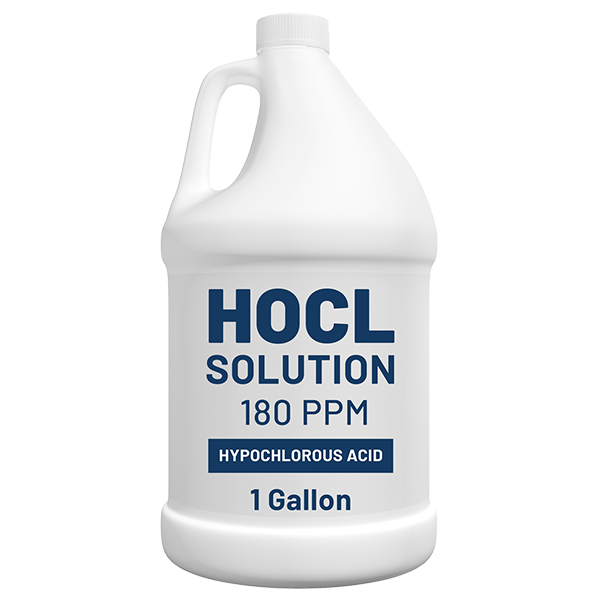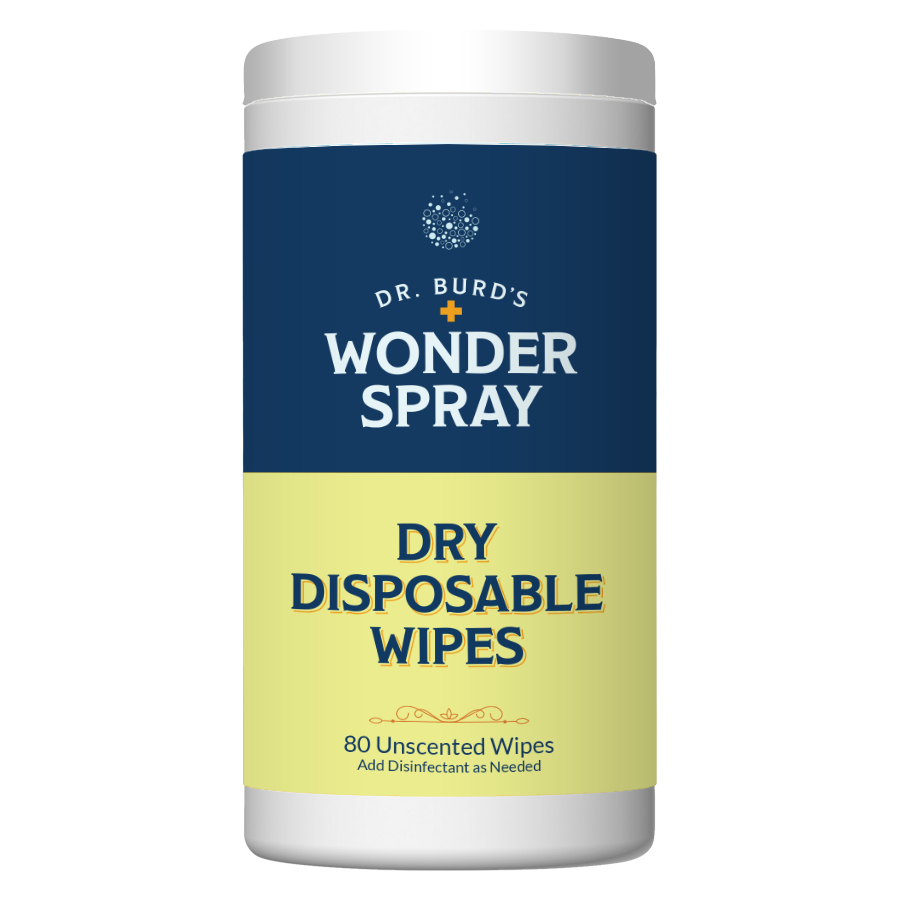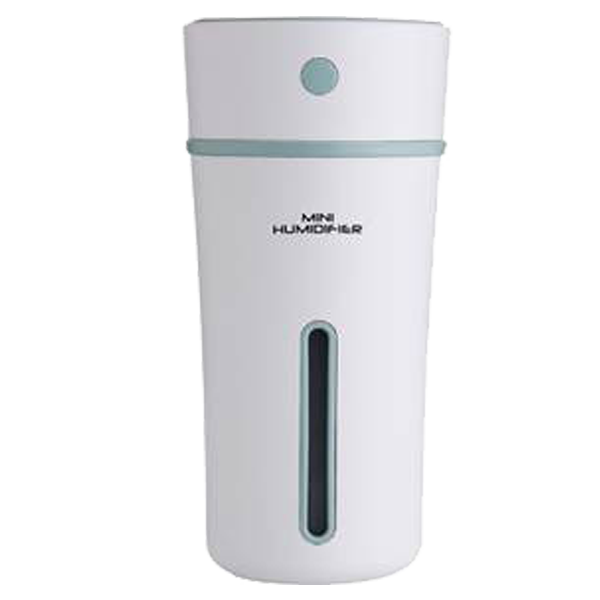Chronic Superficial Keratitis is also known as Pannus and several dog breeds are prone to developing this disease including the German Shorthaired Pointer. The ending “itis” on a word means inflammation. Pannus is an inflammation of the cornea of the eye which may be related to the dog’s very sensitive immune system which is the physiological body system in humans and animals that helps fight off infections. The specific cause of this chronic disease is not known, but it is speculated that it could developed because of the influence of both ultraviolet light and altitude. Although the cause is still not proven, those who study its progression believe that the German Shorthaired Pointer is genetically predisposed to the development of pannus. As mentioned previously, it is widely believed that there is something wrong with the immune e system in this breed that leads to pannus. For the most part, the dogs who develop this disease are older dogs, but it may also occur with younger adult dogs.
Pannus is a progressive disease in which parts of the eye (cornea, conjunctiva, and third eyelid) of the dog becomes seriously and chronically inflamed. The condition is also painful for your pet. Some of the things that can occur in the eye include changes in the cornea, eye pigmentation, deposits of cholesterol in the eye, development of dry eye, and granulation tissue. The disease typically affects both eyes, but may occur at different places in each eye. The owner may first observe a sort of pinkish film over the eye which spreads and affects vision. Your pet may tear and exhibit eye redness. This can move to cells that begin to cover the cornea, thicken and eventually lead to blindness if not treated.
The chronic disease of pannus will require treatment for the remainder of the German Shorthaired Pointer’s life. The therapy is typically steroid drops for the eye and ointment, but there is no actual cure for this disease. Sometimes other treatments such as steroid injections to the eye may be used to help prevent excessive corneal scarring. In some cases, a veterinarian might suggest surgery and possibly radiation therapy to help maintain as much vision as possible and delay disease progression as much as possible. Also, as mentioned previously, these treatments may be less effective if the afflicted dogs are exposed to frequent ultraviolet light and live at high altitudes. With proper care and a watchful eye, your dog will turn out fine.

